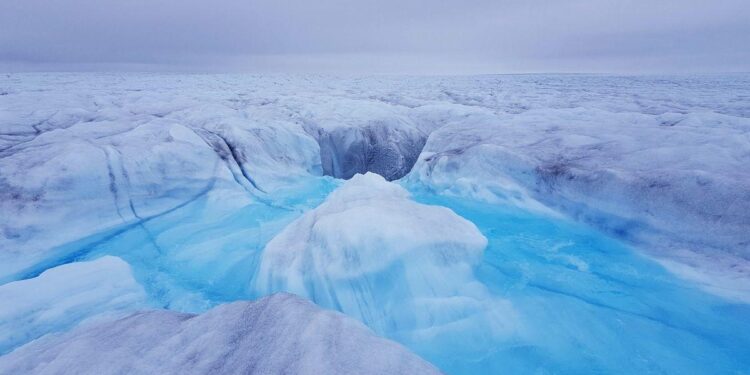The new results challenge the previous idea that the world’s largest island, Greenland, had been an impenetrable ice fortress for the past 2.5 million years. Instead, they show that the island is much more vulnerable to human-caused climate change than previously thought.
The study was based on an ice core extracted 1,390 meters below the surface of northwest Greenland by scientists at Camp Century, a military base operating in the 1960s. This core, containing sediment, leaves, and moss, provided irrefutable evidence of a past ice-free landscape, perhaps even covered by an ancient forest where woolly mammoths roamed.
The scientists used cutting-edge techniques, such as “luminescence dating,” to determine the last time the core sediments were exposed to sunlight. This dating allowed us to estimate that the region was free of ice for less than 14,000 years, in an interglacial period that had temperatures similar to today’s, around 1–1.5 °C warmer than in the pre-industrial era.
The melting of the ice sheet back then would have caused a rise in sea levels of between 1.5 and 6 meters, suggesting that coastal regions around the world are at risk of being submerged in the coming centuries due to climate change.
Although the natural interglacial period that warmed Greenland lasted for tens of thousands of years, human influence has far outpaced the effect of the greenhouse gases of that time. Current levels of carbon dioxide in the atmosphere are much higher and will remain there for thousands of years.
The study highlights the importance of understanding the past to understand the future in terms of climate change. In addition, it underlines the need to take action to address greenhouse gas emissions and avoid devastating consequences for coastal regions and the world’s population.










